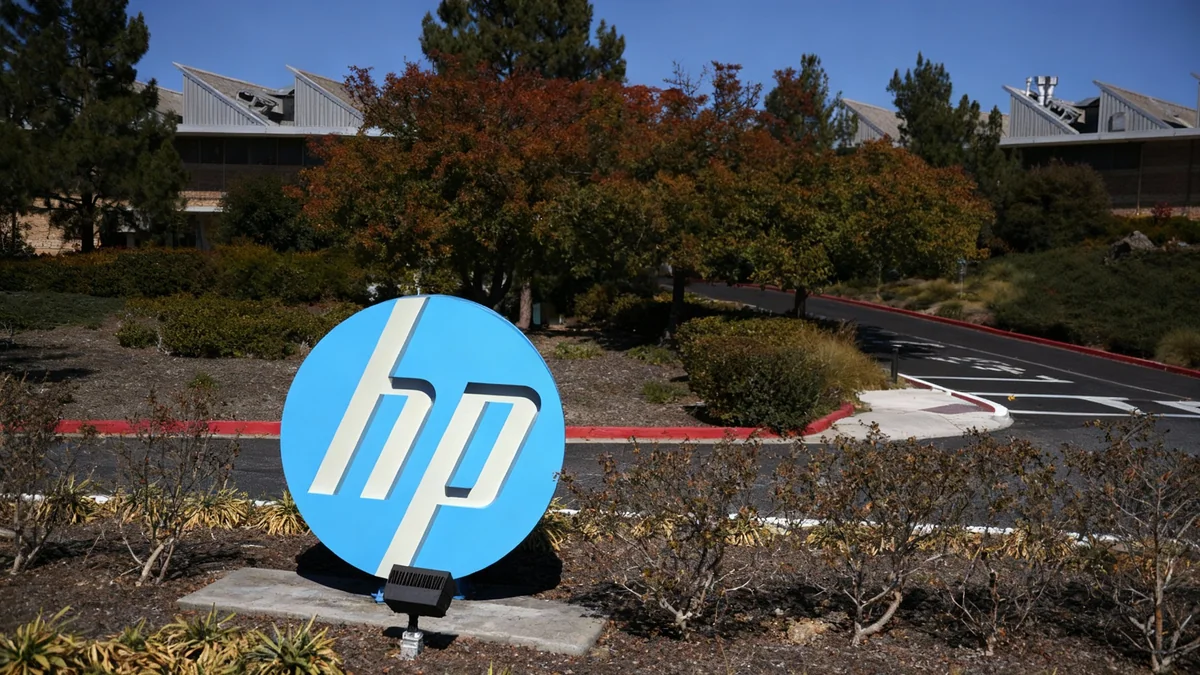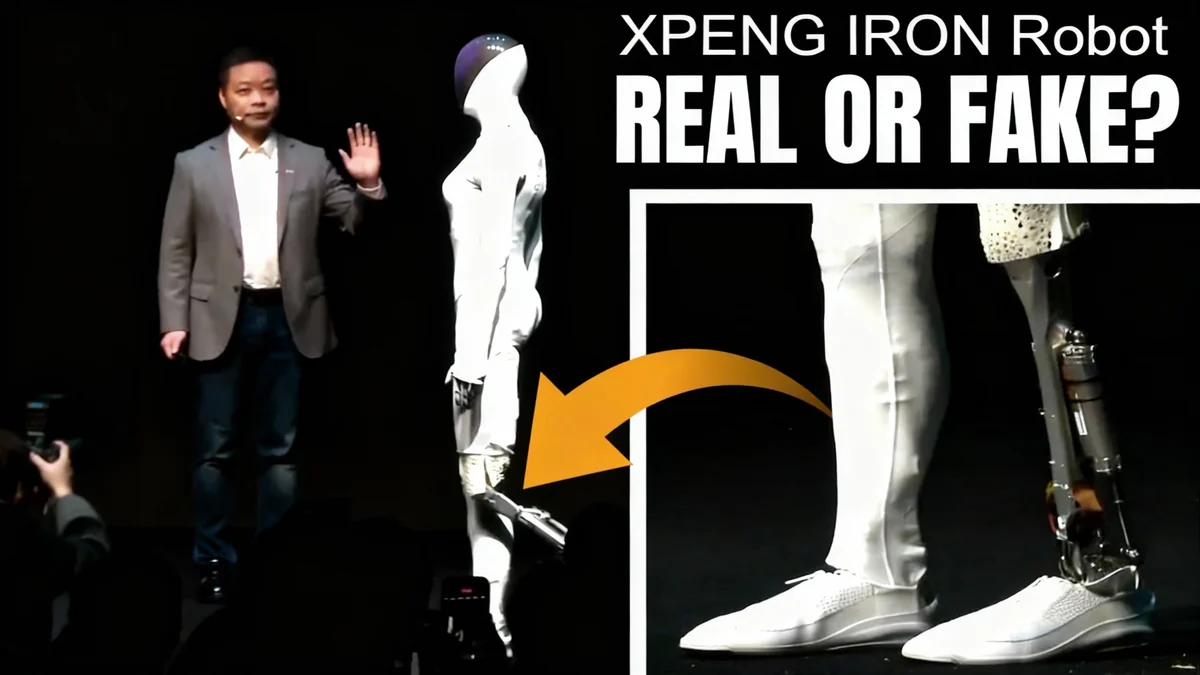Artificial intelligence is actively reshaping white-collar professions, creating a complex landscape of new efficiencies, job disruptions, and significant implementation challenges. While some companies report substantial productivity gains, many workers are experiencing a difficult transition as their roles are redefined by the technology, often with mixed results for their careers and income.
For professionals like translators, who were among the first to feel AI's effects, the technology has fundamentally altered their work. Many now find themselves correcting machine errors rather than creating original work, a shift that highlights the growing gap between the promise of AI and its current real-world performance.
Key Takeaways
- Professionals in fields like translation are seeing their roles shift to AI output correction, leading to decreased income for some.
- Major corporations in law and insurance are using custom AI tools to handle routine tasks, freeing up senior staff for more complex work.
- Despite the hype, a high percentage of corporate AI pilot projects are not delivering a return on investment, according to an MIT report.
- Successful AI integration requires significant effort, including building custom solutions, structuring data, and upskilling the workforce.
- The demand for new skills, particularly in prompt engineering and AI implementation, is creating new job opportunities.
The Frontline Experience: Translators and AI
Julian Pintat, a freelance translator with 15 years of experience, has witnessed a dramatic change in his profession. Specializing in complex fields such as medical technology, his expertise is now often relegated to what he calls an "AI cleanup service."
He recounts a recent project involving an operating manual for an oil rig where an AI tool mistranslated the word “scale.” The AI produced multiple incorrect versions, interpreting the term for mineral buildup as both a musical scale and a weight-measuring device.
"I’m the canary in the coal mine," Pintat says, highlighting that professional translators have been grappling with AI's impact long before the recent generative AI boom.
Correcting such fundamental errors now makes up about 95% of his workload. Pintat notes that this process can take longer than translating the material from scratch. The financial consequences have been severe, with his income cut in half and forcing him to put major life plans on hold.
Corporate Adoption: Efficiency Gains and New Workflows
While some individuals face challenges, many corporations are embracing AI to enhance productivity. The London-based law firm A&O Shearman has successfully used AI to expand its capacity for complex projects.
David Wakeling, a partner and the firm's global head of AI, explained how a custom-built AI tool was used to help a major U.S. bank comply with European regulations. The tool analyzed two decades of license agreements to identify necessary amendments.
AI in Legal Work
The AI tool developed by A&O Shearman reduced 2,400 regulatory requirements to just 900. According to Wakeling, this efficiency cut the project's cost by half, even after accounting for the tool's development time.
“Two years ago, we would have had 20 lawyers in a room, maybe some paralegals,” Wakeling stated. He cautions, however, that generic, off-the-shelf AI assistants offer limited value. “It takes a lot of elbow grease,” he added, emphasizing the need for specialized solutions.
Insurance and Finance Embrace AI Assistants
The insurance industry is also integrating AI into core operations. AIG CEO Peter Zaffino said the company is using AI to speed up its underwriting process. The system is being trained to function as a “junior underwriter,” handling routine tasks and allowing experienced professionals to focus on more complex cases.
“Part of the cultural change is upskilling, retraining positions in a new world that enables them to be more productive,” Zaffino explained.
Similarly, Morgan Stanley has developed its own AI tools. Kaitlin Elliott, the bank's head of Firmwide Generative AI Solutions, mentioned a custom tool for transcribing and summarizing meetings, which saves employees hours of manual work. The bank also created an AI-powered search tool to help staff find information more easily.
The Reality of AI Implementation
Despite success stories, the path to effective AI adoption is filled with obstacles. The excitement around the technology has led many businesses to rush into implementation, often without a clear strategy or understanding of its limitations.
A High Failure Rate
An August report from MIT revealed a significant gap between expectations and results, concluding that 95% of AI pilot projects are failing to provide a return on investment. This suggests many companies struggle to move from demonstration to practical, value-generating applications.
Even in areas considered ideal for AI, such as coding, the benefits are not always clear-cut. A preliminary study from the research group METR in July found that a sample of 16 experienced developers were actually 19% slower when using an AI assistant, despite estimating it made them 20% faster.
Kaitlin Elliott from Morgan Stanley acknowledged the difficulties. “Generative AI does a really fantastic demo,” she said, but making it truly useful is a different challenge. She noted that early attempts to simply feed the AI all of the bank's knowledge failed. Success required carefully structured data and extensive testing.
The Rise of New Skills and Specialized Services
The challenges of implementing AI are creating a demand for new types of expertise. Felix Su, director of engineering at Scale AI, a company that helps enterprises apply AI, stressed the importance of starting with a specific problem rather than applying technology for its own sake.
Su shared an example of a client that had built four separate chatbots for similar tasks, forcing employees to constantly copy and paste information between them. A more strategic approach, he explained, involves identifying the right tool for the job, which might be generative AI, traditional machine learning, or simply better software engineering.
This evolving landscape is also changing workforce requirements. According to Elliott, while AI tools may automate tasks once given to junior staff, younger generations are now valued for their innate understanding of AI. “They're all adopters of AI. They know how to effectively use it,” she says.
Rapidly Improving AI
A September study by data firm Mercor found that AI performance on professional tests for banking, law, and consulting had nearly doubled in just over a year. This rapid improvement suggests the gap between AI's potential and its practical application could close quickly.
The Future of Work in an AI-Driven World
Companies are working to make AI more accessible. Translation tool provider DeepL now offers features like custom glossaries to improve accuracy in niche fields. CEO Jaroslaw Kutylowski believes improved tools will allow translators to handle higher volumes, potentially offsetting lower per-word rates. However, he also acknowledged that some businesses are now bringing translation work in-house.
Nick Frosst, co-founder of the Canadian AI company Cohere, believes the impact on labor will be disruptive, comparing it to the industrial revolution. His company developed a tool, North, that can answer 90% of its general support tickets, with human oversight.
Frosst suggests that the large-scale societal shifts caused by AI cannot be managed by individuals alone. “When there were massive transitions in the labor market, a lot of what was solved was at the government level, the union level,” he said. “This is a problem beyond any individual, and we need to address it as a collective.”





